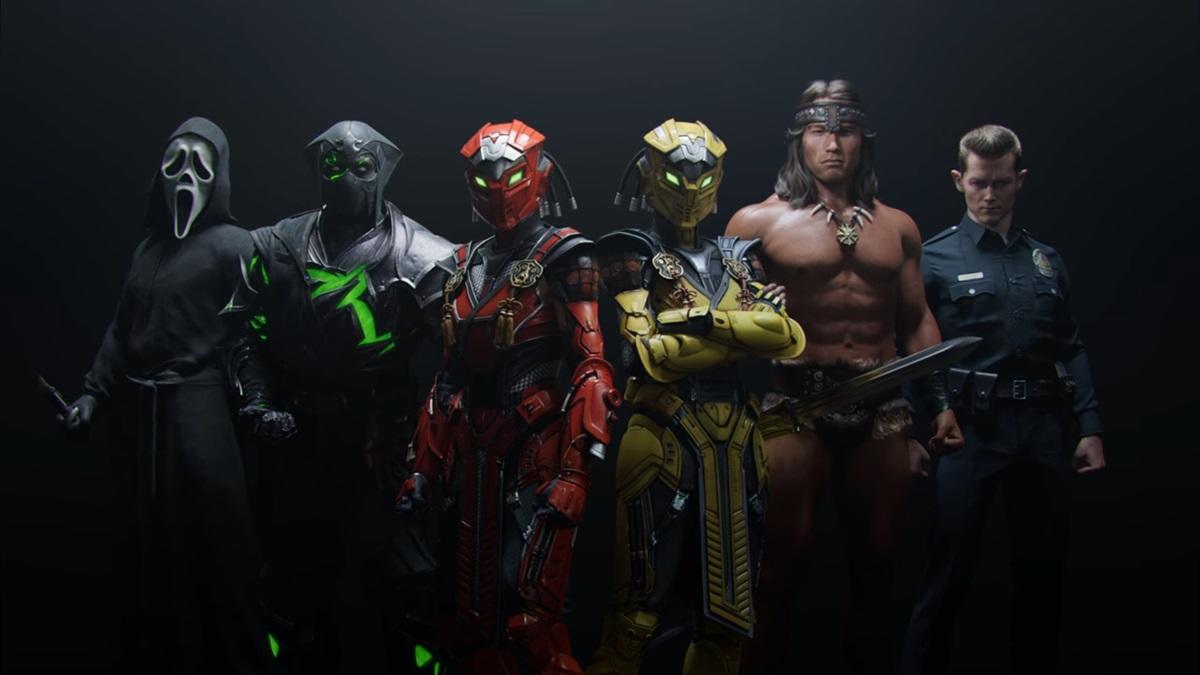Why We Are Attracted to Stories of an "Evil" Superman
The superhero movie dominates big screens now. Marvel Studios represents the mainstream and a [...]

The superhero movie dominates big screens now. Marvel Studios represents the mainstream and a seemingly unbeatable box-office force, pulling in hundreds of millions, if not billions, of dollars with each new release. Considering its domination of the typical superhero narrative, it was only a matter of time before studios started targeting the fringes of the genre. Brightburn, a new horror-superhero film directed by David Yarovesky, represents this trend perfectly. The film's marketing suggests a young Superman story gone horribly wrong, with the superpowered, alien boy raised by farmers deciding to dominate rather than assist his adopted planet. While that might be a new take for superhero movies, it's a classic for comic book readers.
"Superman goes bad" is an idea that dates back to the Silver Age when many covers featured Superman surprisingly targeting his best pal Jimmy Olsen or girlfriend Lois Lane with nefarious plots. These were regularly revealed to be plot twists with Superman maintaining his good nature. Future stories like Squadron Supreme started to push the concept further with Hyperion, a Marvel analog of Superman, helping to lead an authoritarian takeover of the world. Since that time in the 1980s ,there have been too many examples to count, including some official DC Comics versions like those found in Superman: Red Son and The Multiversity: Mastermen, as well as additional analogs like The Paradigm in Irredeemable and The Homelander in The Boys.
Considering the ongoing success of titles like Injustice on top of the release of Brightburn, it doesn't seem that stories of an evil Superman are ending anytime soon. So what is it exactly that attracts us as an audience to stories that subvert the original superhero, transforming a symbol of good into something far darker?

The Thrill of Evil
James Gunn, producer of Brightburn, made a splash as a director with the alien horror movie Slither. He can likely attest to the excitement delivered by watching terrible things happen in the movies, especially considering some of the gruesome deaths he displayed there. It's the same sort of lesson that any fan of slasher movies can tell you about. Even when the characters are paper thin and the plot makes no sense, there's a visceral thrill attached to watching terrible things happen from the safety of a theater. Horror movies and comics provide us the ability to experience the worst that humanity has to offer without worrying about the moral or personal repercussions.
While villains like Jason Voorhees and Michael Myers may be unstoppable, they can't wreak havoc on the same level as someone like Superman. Merging horror and superheroes increases the budget for carnage exponentially. X-ray vision, laser vision, super strength, flight, and invulnerability transform one ill-willed person from a serial killer to a destroyer of nations. Much of the series Irredeemable focused on just how efficiently someone like Superman could stop those who opposed him and engage in global-scale destruction. This sort of story takes a natural disaster and gives it a mind of its own. That is a truly terrifying concept, one capable of thrilling even the most cynical of horror buffs if executed well.

Anyone Can Be a Villain
The appeal of a corrupted Superman goes far beyond his powers though. Superman isn't just the first DC Comics superhero to appear, he's also the moral foundation of the entire universe. Plenty of members of the Justice League have gone bad over the years, including Hal Jordan destroying the entire Green Lantern Corps. and Bruce Wayne laying the groundwork to betray all of his colleagues. Superman is the "big blue boy scout" who remains unerringly true to his moral code, representing truth and justice, even during the most impossible scenarios. That level of righteousness can be difficult to comprehend, and it's tempting to watch someone that good fail. Within every bad Superman story, there's also a theme that anyone can be corrupted given the right circumstances. It's a Joker-like conception of the humanity where we all exist "one bad day" away from madness, including Superman.
That's the foundation of Injustice where Superman becomes a planetary dictator following the murder of Lois Lane and destruction of Metropolis. Despite its roots as a video game adaptation, the series has become a critical success exploring the long-term ramifications of Superman's absolute power corrupting him absolutely. Readers have enjoyed watching ideological battles play out alongside some tremendous superpowered smackdowns. The corruption of Superman's ideology also serves as the heart of Superman: Red Son, where his rocket lands in the USSR instead of the United States. Raised to be the successor of Stalin's regime, Superman becomes a violent, controlling authoritarian despite showing a recognizably friendly and helpful attitude. These evil Superman stories make even the most evidently good of characters seem vulnerable in a rare fashion.

A Potent Reminder
Superman: Red Son also points to another reason why audiences might enjoy a story where Superman goes bad; these stories serve as a reminder of why it's a great thing to have inspirational heroes who always find the power to do the right thing. At the end of Red Son, Superman becomes aware of the harm he has inflicted despite his best intentions and essentially destroys himself along with a greater threat to allow humanity to continue without him. It suggests that even someone raised to propagate Stalinism can possess a fundamental understanding of what is right, enough that they can overcome decades of propaganda and the corruption of power. Even in "evil" Superman stories, Superman often finds his way back to good.
That's how these dark takes on the Man of Steel remind us all of why readers first fell in love with Superman in 1939. He was a man who stopped unjust executions and stood up to bullies in Action Comics #1. His unerring sense of good was an essential element of the character. It might be hard to believe that any one person could be that good, but it's also inspiring to read the stories of how someone continually dedicates each day to righteous causes. Classics like All-Star Superman work better knowing how hard it must be for a man who can do anything to choose to help one young person struggling depression. Brightburn likely won't take such an optimistic turn, but it will likely remind us why we love the good versions of Superman best.




